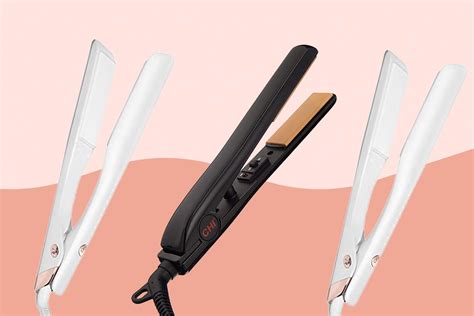Table 1: Comparison of Top 5 Hair Straighteners for Natural Hair

| Feature | Hair Straightener 1 | Hair Straightener 2 | Hair Straightener 3 | Hair Straightener 4 | Hair Straightener 5 |
|---|---|---|---|---|---|
| Plate Material | Ceramic | Tourmaline | Titanium | Ceramic and Titanium | Ceramic and Tourmaline |
| Temperature Range | 250°F – 450°F | 260°F – 450°F | 300°F – 450°F | 280°F – 450°F | 270°F – 450°F |
| Ionic Technology | Yes | Yes | No | Yes | Yes |
| Adjustable Heat Settings | 5 | 5 | 10 | 5 | 5 |
| Price Range | $100 – $200 | $150 – $250 | $200 – $300 | $150 – $250 | $120 – $200 |
Why Natural Hair Matters
Natural hair is beautiful and versatile, but it can also be challenging to style. Straightening natural hair can be especially time-consuming and damaging, but with the right tools, it can be done safely and effectively.
Benefits of Using a Hair Straightener for Natural Hair
- Time savings: Straightening natural hair with a flat iron can take hours, but using a hair straightener can cut that time down significantly.
- Reduced damage: Hair straighteners use heat to straighten hair, but they can also damage hair if they are not used properly. Using a hair straightener that is designed for natural hair can help to reduce damage.
- Improved style: Hair straighteners can be used to create a variety of different styles, from sleek and straight to voluminous and curly.
Pain Points of Straightening Natural Hair:
- Thermal damage: Excessive heat can damage the hair shaft, leading to breakage, dryness, and split ends. According to the American Academy of Dermatology, using a flat iron above 300°F can cause irreparable damage to hair.
- Chemical damage: Some hair straightening treatments involve the use of harsh chemicals, which can weaken the hair and make it more susceptible to damage. A study published in the International Journal of Trichology found that chemical hair straightening treatments can result in hair loss, scalp irritation, and allergic reactions.
- Time-consuming: Straightening natural hair can be a time-consuming process, especially if the hair is thick or curly. This can be a major inconvenience for busy individuals who want to maintain a sleek and polished look.
What to Look for in a Hair Straightener for Natural Hair
When choosing a hair straightener for natural hair, there are a few things to keep in mind:
- Plate material: The plate material is the most important factor to consider when choosing a hair straightener. Ceramic and tourmaline plates are the best options for natural hair, as they distribute heat evenly and reduce damage.
- Temperature range: The temperature range of a hair straightener is also important. For natural hair, it is best to choose a hair straightener with a temperature range of 250°F – 450°F.
- Ionic technology: Ionic technology is a feature that helps to reduce frizz and static. This is an important feature for natural hair, as it can help to make hair look sleeker and healthier.
- Adjustable heat settings: Adjustable heat settings allow you to customize the temperature of the hair straightener to suit your hair type. This is important for natural hair, as different hair types require different temperatures to straighten effectively.
Tips and Tricks for Straightening Natural Hair with a Hair Straightener
- Start with clean, detangled hair: Dirty or tangled hair will not straighten as well as clean, detangled hair.
- Apply a heat protectant: A heat protectant will help to protect your hair from damage.
- Use the right temperature: The temperature of the hair straightener should be set according to your hair type.
- Section your hair: Sectioning your hair will make it easier to straighten.
- Use small sections: Straightening small sections of hair will help to prevent damage.
- Move the hair straightener slowly: Moving the hair straightener slowly will help to distribute heat evenly and prevent damage.
- Don’t over-straighten: Over-straightening can damage your hair.
Conclusion
Straightening natural hair can be a challenge, but it is possible to do it safely and effectively with the right tools and techniques. By following the tips and tricks in this article, you can achieve sleek and healthy straight hair.
FAQs
Q: What is the best hair straightener for natural hair?
A: The best hair straightener for natural hair will depend on your individual hair type and needs. However, some of the best hair straighteners for natural hair include the GHD Platinum+ Styler, the BabylissPRO Nano Titanium Straightener, and the T3 Lucea ID Straightening & Styling Iron.
Q: How often can I straighten my natural hair?
A: You should not straighten your natural hair more than once or twice a week. Straightening your hair too often can damage your hair.
Q: What is the best way to protect my natural hair from damage when straightening it?
A: The best way to protect your natural hair from damage when straightening it is to use a heat protectant spray and to use the lowest heat setting that will effectively straighten your hair.
